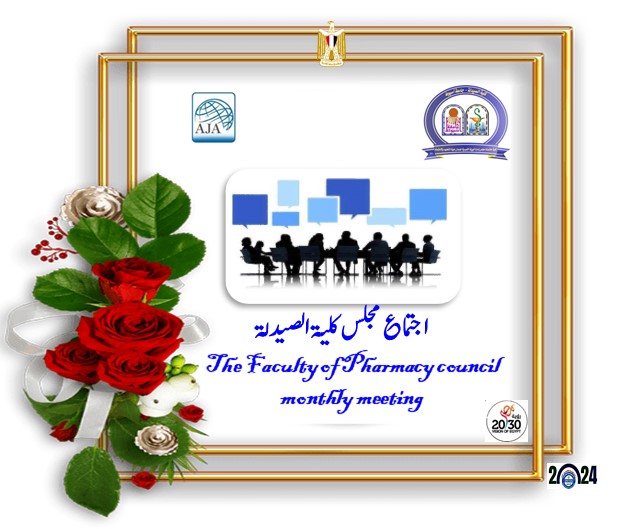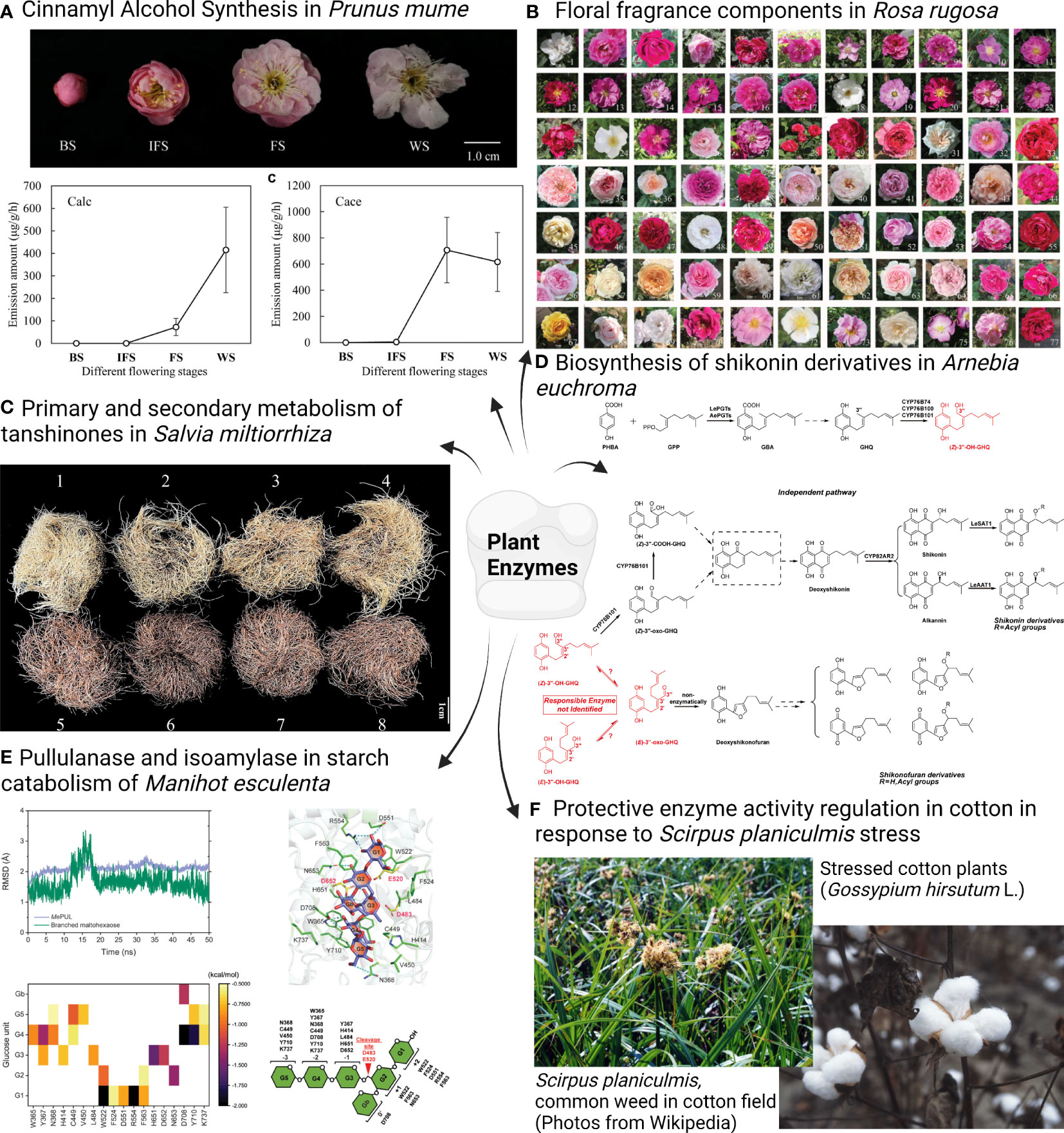Pharmacokinetics of controlled release morphine (MST) in patients with liver cirrhosis
We have studied the kinetic profile of controlled release morphine (MST) in 12 patients with posthepatitic cirrhosis, caused by HCV and HBsAg, with portal hypertension, given MST 30 mg for endoscopic sclerotherapy and compared the data with those from 10 healthy controls. Plasma drug concentrations were measured in venous blood samples at intervals up to 12 h by high-pressure liquid chromatography (HPLC). Total body clearance (Cl) and systemic availability were estimated using a compartmental method. Patients with cirrhosis had less clearance (0.586 litre h-1) than controls (0.729 litre h-1). Mean residence time (MRT) was prolonged in cirrhotic patients (19.57 h) compared with controls (7.03 h). Elimination half-life in cirrhotic patients (mean 7.36 (SEM 0.45) h) was nearly twice that of controls (4.01 (0.15) h). Serum concentrations were higher at all sampling times in the cirrhotic patients (peak concentration 35.2 (3.2) ng ml-1 compared with 12.8 (0.4) ng ml-1 in controls). For these changes in the kinetic profile of morphine (as MST) in cirrhotic patients, who experienced more sedation than controls, a smaller dose study together with longer dosing intervals is recommended.






